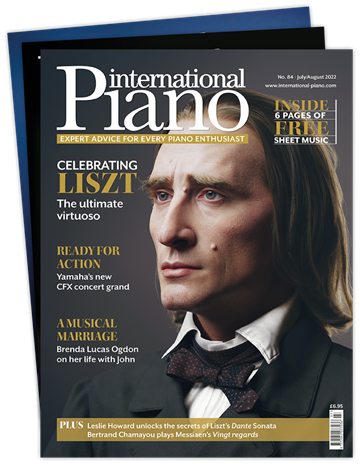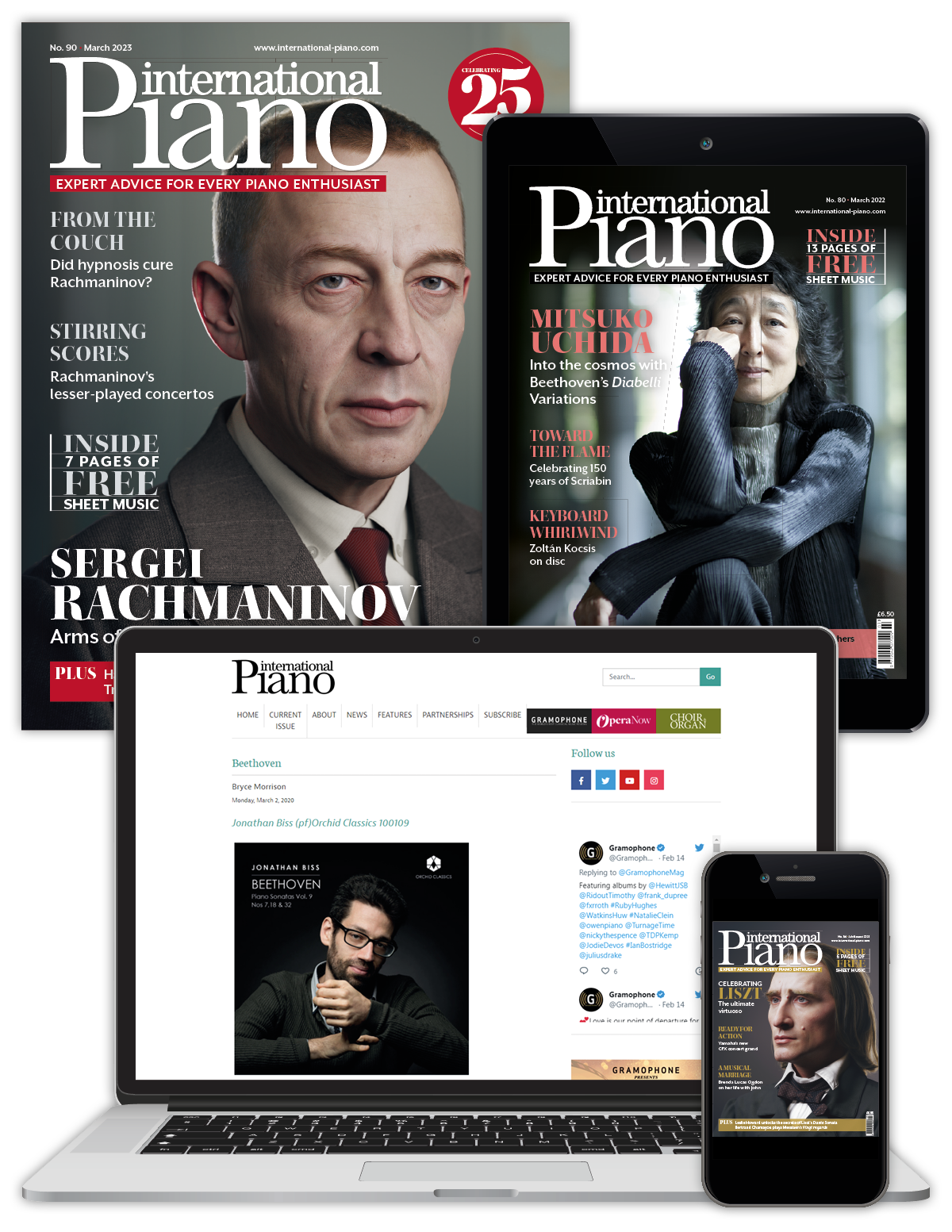Daniel Barenboim: The Pierre Boulez Saal Sessions (Beethoven Complete Piano Sonatas)
Benjamin Ivry
Wednesday, November 2, 2022

Register now to continue reading
This article is from International Piano. Register today to enjoy our dedicated coverage of the piano world, including:
- Free access to 3 subscriber-only articles per month
- Unlimited access to International Piano's news pages
- Monthly newsletter






